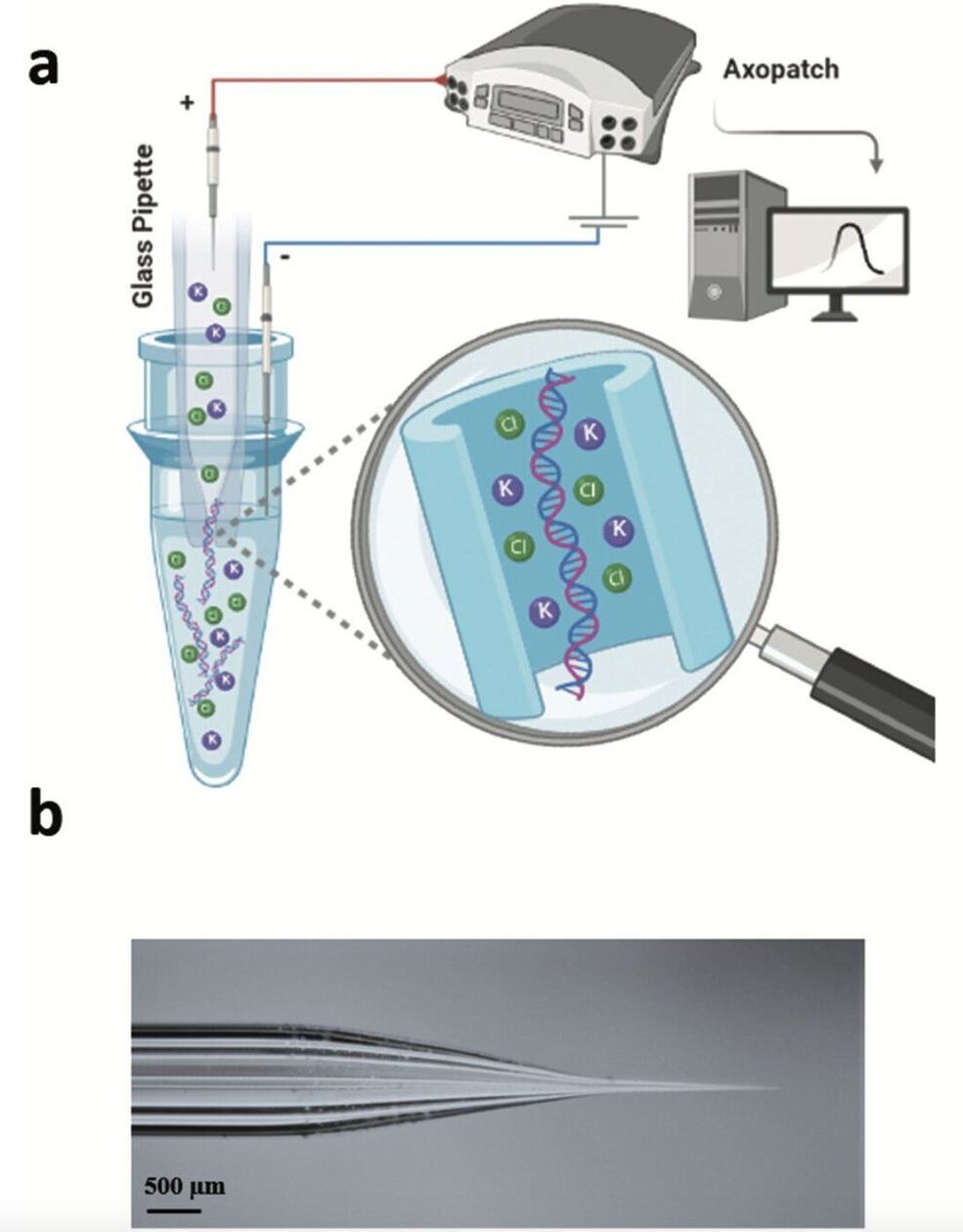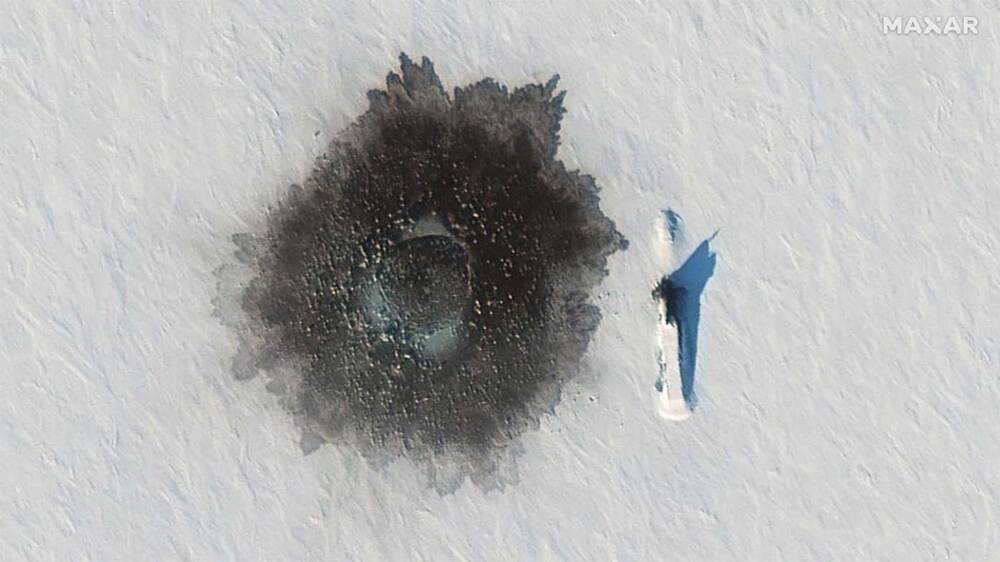Delaying, Detecting, Preventing and Treating Aging And Associated Diseases — Dr. Brian Kennedy, Ph.D., National University of Singapore.
Dr. Brian Kennedy is Distinguished Professor, Department of Biochemistry and Physiology, Yong Loo Lin School of Medicine, National University of Singapore (NUS), Director of National University Health System (NUHS) Centre for Healthy Ageing, Singapore, Professor, Buck Institute for Research on Ageing, Adjunct Professor, Leonard Davis School of Gerontology, USC, and Affiliate Faculty, Department of Biochemistry, University of Washington.
With a Ph.D. in Biology from Massachusetts Institute of Technology (MIT), research in the Kennedy lab is directed at understanding the biology of ageing and translating research discoveries into new ways of delaying, detecting, preventing and treating human ageing and associated diseases.
Current research projects in Dr. Kennedy’s lab include systems biology strategies to understand ageing and murine longevity studies and disease models.
Dr. Kennedy has published over 80 manuscripts in prestigious journals including Cell, Nature, Science, Genes & Development, and PNAS and serves as a Co-Editor-In-Chief at Aging Cell.





